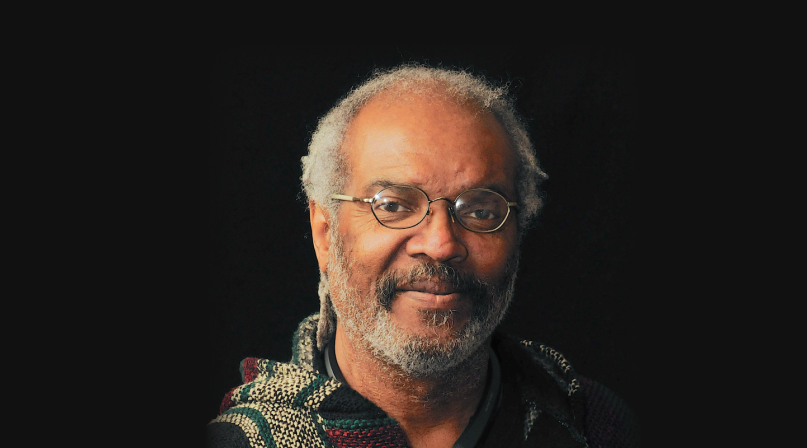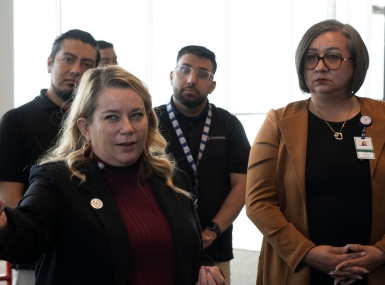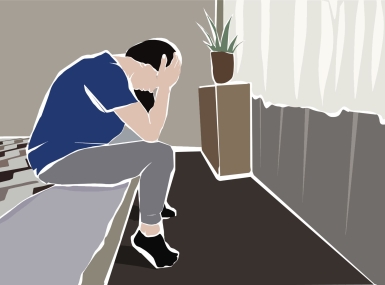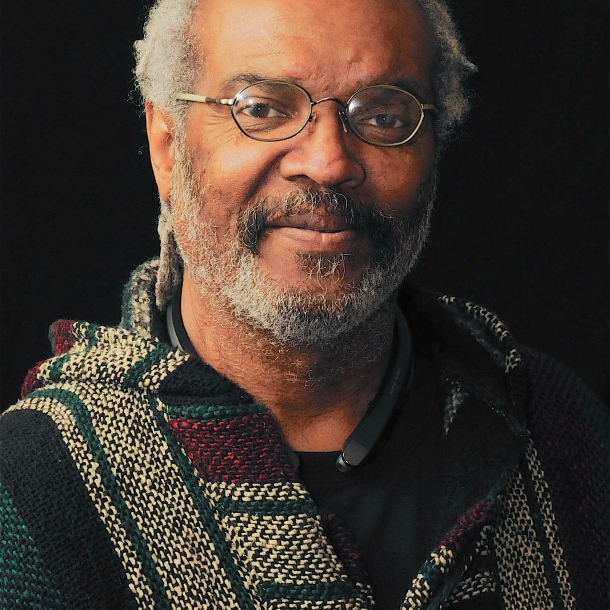There’s only one way to treat a person with a mental illness... like a person
Author
Upcoming Events
Related News

Treat people with mental illness just as you'd treat someone with cancer, diabetes, Crohn’s disease, or a brain tumor
I was first diagnosed with paranoid schizophrenia at the age of 15 after I committed some terrible anti-social acts and was committed to a state-run mental institution. I stayed there for three years. My doctor and my parents didn’t ever tell me what I was diagnosed with. I didn’t know why I was being made to take all that medication.
When I was released, I joined the Marine Corps. I was a good Marine until I had a psychotic break. I was discharged from the Marines without treatment and I started self-medicating. The drugs and alcohol led me to an eventual charge for robbery and confinement. I was sentenced to state prison for seven years. The closest thing I got to treatment while in prison was when the guards would gang up on me, put me in shackles and beat me.
I left prison in 1986, and I’ve stayed away from the criminal justice system since then, but I did have some run-ins with drugs and alcohol. And I never sought treatment, because I didn’t think anything was wrong with me. I thought everyone heard voices. I didn’t understand that I was experiencing delusions.
Ultimately, I got treatment because I wanted to be housed. With all my drug abuse and alcoholism, I was homeless for 10 years. I started going through the changes of trying to get clean and sober, but not addressing the mental health issues. When I went to the VA hospital, I was told that to get mental health treatment, I needed to be clean. But I wasn’t strong enough to be clean. When I finally got into treatment, the doctor diagnosed me with schizophrenia, and I filed for Social Security.
The social worker at my homeless shelter filed for a service-related disability claim for schizophrenia. The VA denied my claim, but Social Security approved me. I took the Social Security paperwork to the VA and wrote “The Marine Corps made me worse” on the back and appealed. This year, after 13 years, I finally got an answer — the VA accepted my claim.
After my first appeal, I got to look at my service medical records. I saw that I had two psychotic breaks in the service. The Corpsman wrote down everything that he saw and heard those day — how I was talking to people who weren’t there and how I was saying things that didn’t make sense. How I was beaten during one of the episodes. When I read those records, I realized that was where I got these other voices that I hear. That’s when I stopped drinking and doing drugs and decided to get treatment to stop the voices.
The voices don’t go away, but I accept my condition. I know that treatment could have helped me much earlier. I will be taking medication and going to therapy for the rest of my life. I have been with the same doctor for 10 years and the same therapist for nine years. I exercise, watch what I eat and give back.
Today, I’m a peer support specialist, and I engage people who have mental health or substance abuse issues, and try to motivate them to get into recovery and stay in recovery. Where I used to be homeless, I now help house people. Being a peer support specialist is better than any drug I ever had in my life.
I am a member of our VA Medical Center’s Mental Health Intensive Case Management team. Many of the vets that I work with remind me of myself. I used to reject medication. I used to be in total denial of my condition. One thing that I do is utilize the one-page diagnostic sheets from the National Alliance on Mental Illness website, and take them to the veterans. I say, “Be honest with yourself, do you see yourself on this paper? You don’t have to say anything to me, but be honest with yourself.” Most of them see their symptoms.
I also get their attention by telling my story. I tell them I used to be a raging drunk and drug addict, and I used to be locked up on the inpatient unit. A lot of people who are self-medicating want to stop, but they don’t know how. I give them hope and an example. I tell them I haven’t been on the inpatient unit for 13 years; I’ve been clean and sober for 10 years. I learned to tell my story through NAMI’s In Our Own Voice program, and everywhere I go, people tell me it’s very powerful.
And I’m an ambassador for recovery out in the community. Even though I’ve had some negative interactions with police, just yesterday I was helping to train new police recruits at the Indiana State Police Academy. I also help train newly hired Department of Corrections officers on mental health issues. I go back into the facility and see where I was once locked up. I can’t say I get used to it. There’s a lot of work to do. It’s sad that the biggest provider of mental health services in Indiana is the Indiana Department of Corrections.
I believe that there’s only one way to treat a person with a mental illness – that’s like a person. We are still human beings. We just have an illness, like a person with cancer, diabetes, Crohn’s disease, or a brain tumor, except those are treated in different ways. People with mental health and substance abuse issues need a different type of care, but it’s still care. It’s as old as the Earth is, and it’s not going away.
Counties are going broke trying to treat people with mental health issues in jails. I think peer support specialists — people who have that experience of mental health conditions — can help, by bringing the human element. We can work with doctors, lawyers, judges and the justice system to try something different.
Attachments
Related News

El Paso County, Texas helps migrants on their way
Though they don't often stay more than a day, asylum seekers receive care and services from El Paso County, Texas before they leave for their next destination.

L.A. County fends off homelessness with an assist from A.I.
A predictive model pulls data from six county departments to create a list of the county’s most vulnerable population — people who frequently show up in the county’s criminal justice and hospital systems and who access benefits like SNAP.

